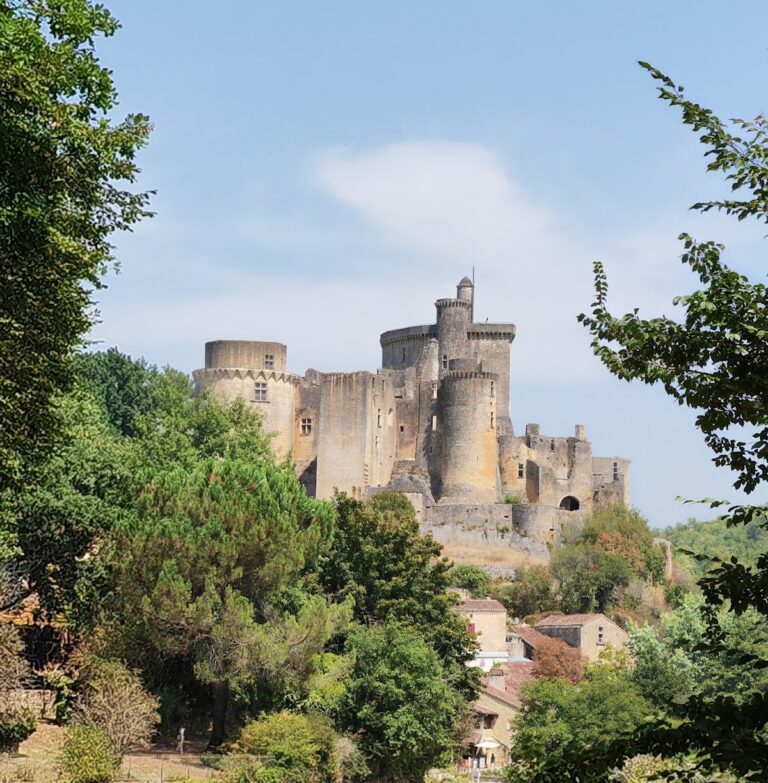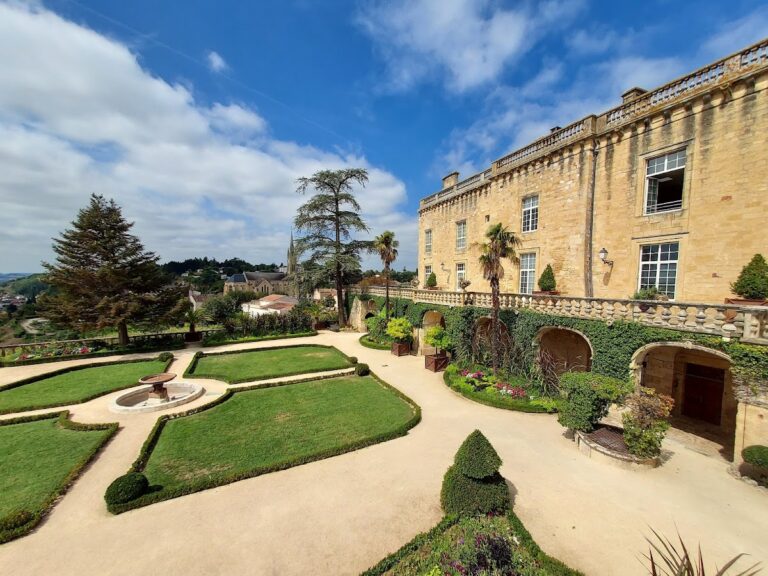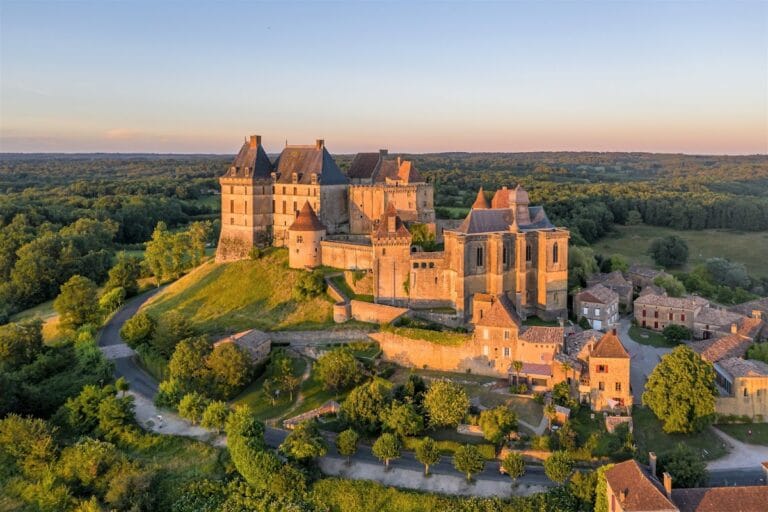Château de Pestillac: A Medieval Fortress in Montcabrier, France
Visitor Information
Google Rating: 2.5
Popularity: Very Low
Google Maps: View on Google Maps
Country: France
Civilization: Unclassified
Remains: Military
History
The Château de Pestillac is a medieval fortress located in the commune of Montcabrier in France. This fortified complex was constructed by the local nobility known as the Pestilhac family during the Middle Ages, overseeing a strategically important position along the border between the historical regions of Quercy and Périgord.
The Pestilhac family appears in historical records as early as 1030, notably as witnesses in church donation deeds to the abbey of Moissac. Their influence expanded as they came to govern the barony of La Châtaigneraie, which comprised several neighboring communities. During the 11th and early 12th centuries, members of the family maintained close relationships with the ruling Gourdon family, often appearing in significant legal documents and testaments, reflecting their regional prominence.
In the early 13th century, the family became entangled in the religious conflict of the Albigensian Crusade, with some members embracing Cathar beliefs, deemed heretical by the Catholic Church. Their allegiance to the Count of Toulouse brought them into opposition with Simon de Montfort, the crusader leader. Around 1214, Montfort seized much of their holdings, including the castle itself. Following the conclusion of the crusade in 1229, the castle was restored to Pestilhac control.
The remainder of the 13th century saw the Pestilhac family managing divided interests in the fortress and its lands. During this period, new fortified towns known as bastides were established nearby, including Villefranche-du-Périgord in 1261 and Montcabrier in 1298, the latter lying within the baronial domain. These developments marked territorial consolidation and administrative organization of the area.
Relations between the Pestilhac lords and local inhabitants, as well as the French crown, deteriorated over the following decades. In the context of the Hundred Years’ War, Amalvin de Pestilhac allied with the English and was declared a rebel in 1342. He died in combat in 1346, after which the castle was taken and destroyed by opposing forces. A formal agreement in 1356 restored full lordship of the castle to the Pestilhac family, though the fortress remained in ruins.
In the 20th century, the remaining ruins of Château de Pestillac and its attached church received official recognition when they were registered as historic monuments by the French Ministry of Culture in 1926, underscoring their enduring historical importance.
Remains
The site of Château de Pestillac occupies a plateau overlooking the Thèze valley, strategically positioned to face the bastide of Montcabrier across the landscape. The layout features a fortified complex centered around the ruins of a 12th-century castle and its adjacent church, both forming the core of the medieval stronghold.
Surrounding the main castle plateau are several tower-houses, structures that likely served as the residences of knights or minor nobility associated with the castle’s defense and administration. These stone towers remain as fragmentary walls and foundations, illustrating the typical medieval approach to residential and defensive architecture within a feudal lordship.
In close proximity to the castle ruins lie two adjoining church buildings or chapels. Their presence emphasizes the close link between spiritual practice and feudal authority, reflecting customary medieval integration of religious buildings within or near fortified sites. Though detailed architectural or decorative elements have not been documented, the churches’ ruins attest to centuries of local ecclesiastical activity.
Today, both the castle and church ruins are preserved under historic monument status, maintaining their position on the plateau and retaining their relationship with the surrounding valley and neighboring bastide. This preserved spatial arrangement highlights the site’s historic function as both a fortress and a center of lordly power overlooking the region.







